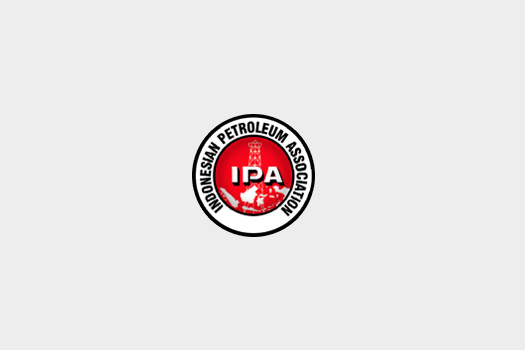Navigating Indonesia's Energy Future
The current national energy discourse is advancing on two primary tracks: the long-term vision of achieving decarbonization targets and the operational reality of maintaining energy security today and into the future. For industry practitioners, this is not a choice but rather a single, highly strategic agenda for achieving the energy transition. This transition is not about extinguishing one source to replace it with another; instead, it is an effort to build a new, reliable energy architecture where every component plays a role in ensuring all existing and growing energy needs are met.
Oil and gas fields, which have been the backbone of production for decades, continue to support national energy needs. The Mahakam Block in East Kalimantan, the Cepu Block in East Java, and the Rokan Block in Riau are testaments to Indonesia's world-class energy management and capabilities. However, daily national oil and gas production data shows figures lower than the required energy consumption level, which increases oil and gas imports daily and is a reality that warrants our collective attention. Therefore, the primary task for all stakeholders in the upstream oil and gas sector is to maximize existing production fields and progressively seek new sources by encouraging the discovery of oil and gas reserves through exploration, all of which will guarantee future energy supplies and reduce import dependency.
In September, it was reported that the Banyu Urip Field in the Cepu Block, East Java, conducted well maintenance by shutting down existing production wells. This activity is known as a planned shutdown. As it turned out, this planned shutdown directly impacted the national oil and gas lifting figures for several days. This event clearly demonstrates that the current rate of oil and gas lifting is highly dependent on wells that serve as the production backbone, one of which is the Cepu Block. We can imagine the consequences should these backbone production wells suddenly fail due to disruptions.
Therefore, we must balance our reliance on existing large oil and gas fields with discoveries to enhance our energy resilience. The government is currently undertaking an effort to offer 75 new Work Areas (WK) over the next three years, until 2028. Such an effort certainly presents a momentum that must be collectively monitored by all involved parties. We must answer a significant question: "How attractive is Indonesia to global oil and gas investors?"
Considering the multitude of unexplored sedimentary basins in Indonesia, global upstream oil and gas investors likely have never doubted this country's potential. However, when looking at the current global competition in the energy sector, investors will always seek the most attractive location based on the following aspects: geological potential, regulatory certainty, and the fiscal terms offered. Therefore, the refinement of fiscal terms, legal certainty, and bureaucratic efficiency is the absolute key to enhancing Indonesia's competitiveness now and in the future. Investors committing capital in Indonesia strongly expect that the projects they undertake will operate under certain and stable conditions throughout the contract duration.
Ultimately, the path toward the future energy transition through the development of New and Renewable Energy (NRE), as initiated by the government, is expected to proceed synergistically and sustainably, supported by the upstream oil and gas sector to meet current energy demands. The active role of the government in accelerating NRE development and green technology innovation on one hand, while aggressively promoting upstream oil and gas exploration to secure current energy supplies on the other, is believed to be capable of making the Indonesian nation energy sovereign and self-sufficient, as envisioned by President Prabowo Subianto through his 'Asta Cita' program. (*)

